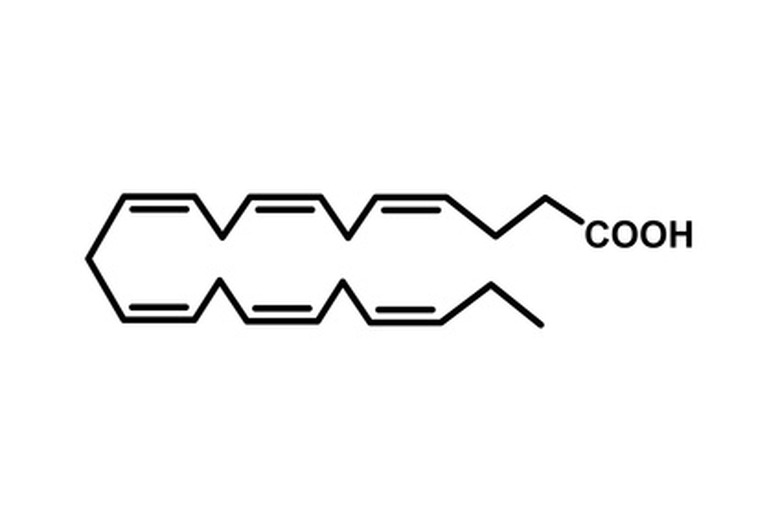How To Calculate Alkalinity After Titration
Chemists sometimes use titration to determine the alkalinity of an unknown substance. The term "alkalinity" refers to the degree to which a substance is basic—the opposite of acidic. To titrate, you add a substance with a known [H+] concentration—or pH—to the unknown solution one drop at a time. Once an indicator solution changes color to show that the solution has been neutralized, calculating the alkalinity of the unknown solution is a simple matter of punching a few numbers into a calculator.
Step 1
Finish your titration and write down the total number of drops it took to neutralize the solution. For instance, imagine that it took 40 drops of 1 Molar (M) hydrochloric acid to neutralize 0.5 liters (L) of an unknown solution.
Step 2
Divide the number of drops it took to neutralize the solution by 20 to obtain the volume of acid used. This works because every 20 drops of a water-based solution is roughly equal to 1 milliliter (mL).
Example: 40 / 20 = 2 mL
Step 3
Divide the result of the previous step by 1,000 to convert mL to L. This works because there are 1000 mL in a L.
Example: 2 / 1000 = 0.002 L
Step 4
Multiply the result from the previous step by the molarity of the acid you used to titrate to figure out how many moles of acid you used. Recall that in our example we titrated with 1 M acid.
Example: 0.002 x 1 = 0.002 moles
Step 5
Multiply the result from the previous step by the molar equivalents of the hydrogen ion produced by the acid you used. This is equal to the number immediately after the "H" in the acid's chemical formula. Sulfuric acid, H2SO4, would have a molar equivalent of 2, for instance. We used hydrochloric acid, or HCl, which, because there is no greater number there, has the assumed number "1" after the H.
Example: 0.002 x 1 = 0.002 equivalents.
Step 6
Divide the result from the previous step by the volume, in liters, of your original unknown solution to obtain the molarity of the hydroxide ions (OH-) in that solution.
Example: 0.002 / 0.5 = 0.004 M
Step 7
Take the negative log base 10 of the result from the previous step to finally calculate the alkalinity, or pOH, of the unknown solution.
Example: Alkalinity of unknown solution = pOH = -log [OH-] = -log 0.004 = 2.4
Step 8
Convert to the more familiar term of pH by subtracting the result from the previous step from 14.
Example: pH = 14 – pOH = 11.6
The unknown solution had a pH of 11.6.
References
- "Chemistry;" Anthony Wilbraham and Dennis Staley; 1997
- University of Illinois at Chicago: Acid/Base Titration
Cite This Article
MLA
Banas, Timothy. "How To Calculate Alkalinity After Titration" sciencing.com, https://www.sciencing.com/calculate-alkalinity-after-titration-6329069/. 24 April 2017.
APA
Banas, Timothy. (2017, April 24). How To Calculate Alkalinity After Titration. sciencing.com. Retrieved from https://www.sciencing.com/calculate-alkalinity-after-titration-6329069/
Chicago
Banas, Timothy. How To Calculate Alkalinity After Titration last modified March 24, 2022. https://www.sciencing.com/calculate-alkalinity-after-titration-6329069/
